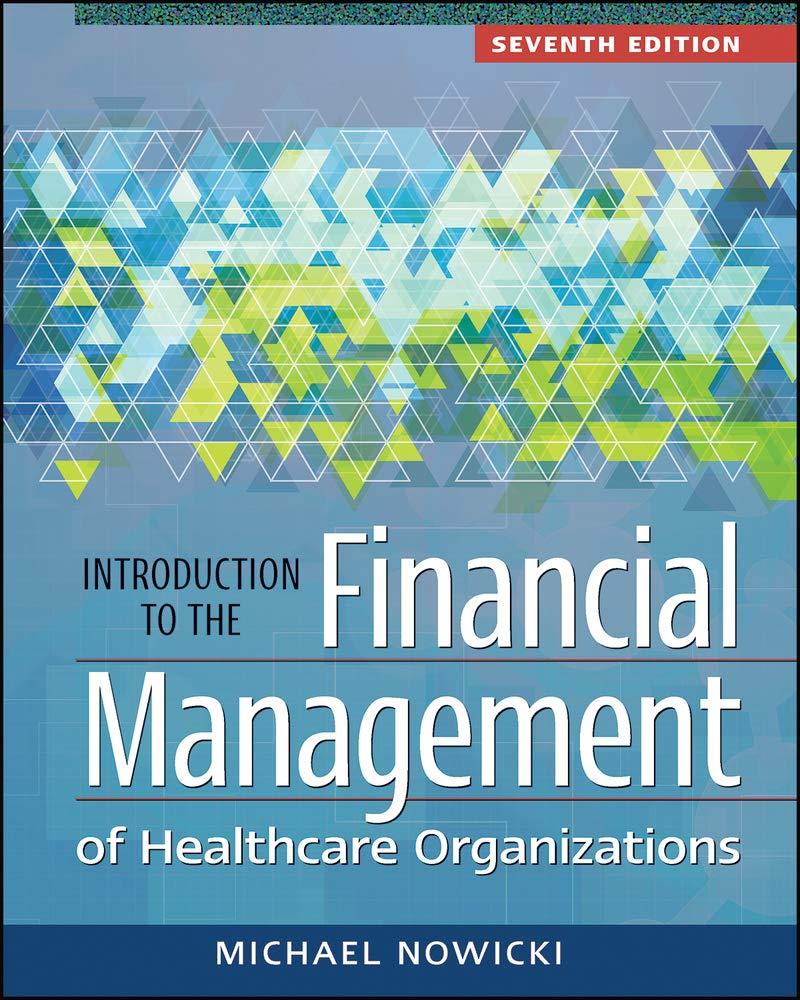Question 16 10 pts a For this question, assume the in-kind transfer and cash transfer have the same dollar value. An in- kind transfer program, such as Food Stamps (SNAP), increases utility by the same amount as a cash transfer for some people, but for others, it increases utility by an amount smaller than a cash transfer of all people by the same by an amount smaller sh transfer for some people, but for others, it increases utility by an amount greater by the same amount as a than a cash transfer. httech.com/142252/checkout/db Question 17 10 pts In order to evaluate any government program, it is useful to calculate the costs and benefits stemming from that program. Sometimes this is easy to do, if all the benefits and costs can be quantified into dollar values, but usually this is really difficult. Cost-benefit analysis allows policymakers to decide whether social benefits exceed social costs. To compare dollars from different time periods, we must calculate a present value. Present Value (PV) PV is the value today of a payment in the future. To understand present value, we must first understand the value of money in the future Would you rather have $100 today, or $100 a year from now? Now! For a number of reasons including that you could earn interest on that money during the year. The interest rate describes the percent return you would receive a year from now if you invested at interest rater today. A deposit of $100 today would return (1+r) 100 a year from now. If ris 6%, you could earn 6% interest on your money in the bank, and you would have $106 a year from now. - (1+.06) 100. What if you could put your money in the bank for 2 years? You would earn interest on $106 in the second year or (1.06) 106 - $112.36. Notice this is just (1+06)(106) 100 (1+06)sq 100. or for any years T. (1+r) 100 So the future value of $100 today is $106 one year from now, or $112.36 two years from now. So if I offered you $100 that I promise to give you one year from now, would this be worth $100 to you today? How could we estimate the present value of this offer? Should it be worth less than or more than $100 today? less than more than Question 18 10 pts We need to determine how much today we could put in the bank to have exactly $100 one year from now. We need the number where: (1+.06)X = 100 X = 100/1.06 X = 94.34 The present value of $100 received 1 year in the future is just 100/(1+0.06). What is the present value of $ 1000 received 1 year in the future, if the interest rate is 5%? 1000/1+0.05 1000/(1+0.05) 1000"(1+0.05) 1000/(1+0.05)










